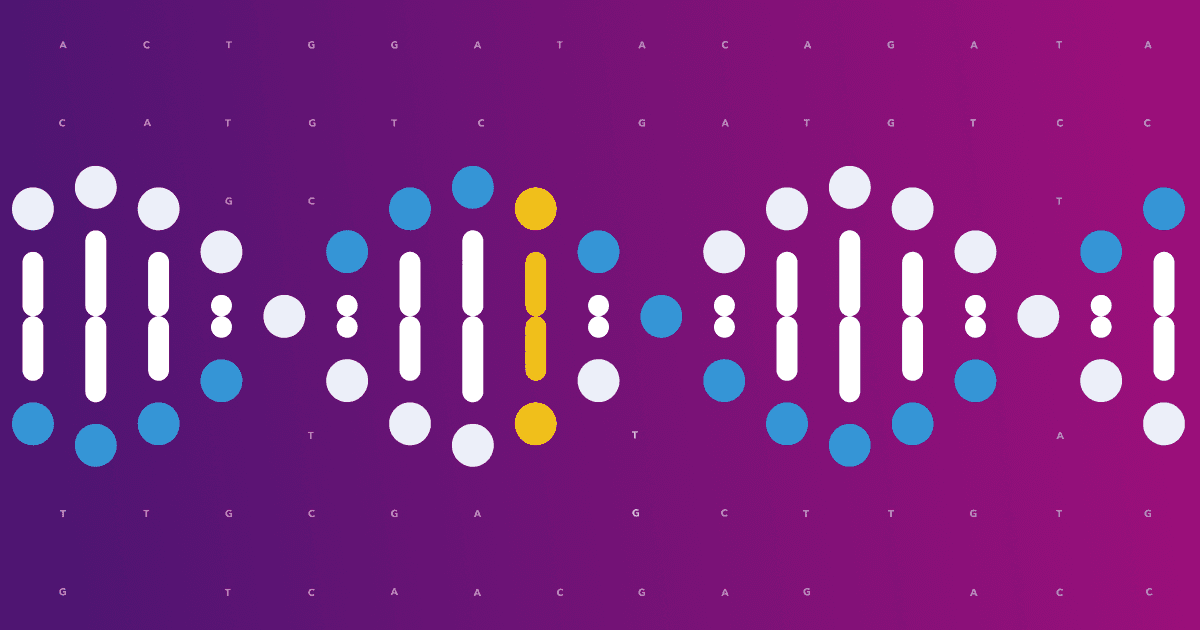Systemic sclerosis, a form of scleroderma, is a rare disease that causes the hardening of the body’s connective tissue.
Gloria Blecha, the Director of Community Engagement at the Scleroderma Research Foundation (SRF), explains that the autoimmune disorder is characterized by systemic inflammation which often presents with “puffy” hands although other areas of the body can be affected. Ultimately, the inflammation triggers a secondary process that is the production of collagen which is a core material of scar tissue. This secondary process, which is called fibrosis, is often uncoupled to the initial inflammation. In the most serious cases, fibrosis can result in irreversible damage to specific organs such as the heart, lungs, and/or digestive system. In other situations, there can be loss of function of the hands.
Scleroderma is best thought of as a single disease but in actuality can be complex and have a variable course such that some patients are affected early with aggressive changes while others have fewer symptoms and the disease progresses slowly. Treatment depends on the symptoms that are present and the organs that are affected and because scleroderma is a heterogeneous disease, meaning it presents differently in each patient, treatments that work for one patient may not be effective for another.

Scleroderma affects an estimated 2.5 million people globally, and most of them — about 80 percent — are women of between 16 and 45. Although there are some treatments for this progressively debilitating autoimmune disease, there currently is no cure. But there is promising research, including work supported by the Scleroderma Research Foundation and 23andMe. 23andMe is currently recruiting for two rare disease studies, idiopathic pulmonary fibrosis (IPF), a chronic progressive lung disease, and 23andMe launched the Systemic Sclerosis Research Study last year. The study on systemic sclerosis aims to gather new genetic insights that could lead to new treatments for the condition.
23andMe’s unique research model offers a different approach to studying rare diseases. By leveraging this approach, 23andMe hopes to help study systemic sclerosis at a scale that has not been possible in the past. That’s in part why 23andMe is currently working with the Scleroderma Research Foundation to help get the word out about our study. The foundation is a nonprofit that invests in scleroderma research conducted worldwide.
We sat down, virtually, with Gloria to talk a bit about the condition, the need for research, and the challenges of studying a rare disease like scleroderma.
In a way, the foundation’s origin story is sort of emblematic of rare diseases in general. Can you talk a bit about that?
Getting a diagnosis for any serious disease can be traumatic, but in rare diseases like scleroderma, there is this added issue of the unknown. For patients with a rare disease, there often isn’t a lot of information out there. The foundation was founded in 1987 by Sharon Monsky, three years after being diagnosed with scleroderma. She was shocked at how little was understood about the disease and the lack of efforts being made to find a cure. Using her business acumen and expertise, she took it upon herself to bring national attention to this disease and was soon privately funding research at two centers on the east and west coasts. Today we are the largest nonprofit supporting scleroderma research in the U.S. and Sharon’s collaborative approach and innovative spirit continue to drive the SRF’s mission to this day. (Sharon passed away in 2002.)
Last month, June, was Scleroderma Awareness Month, and the foundation spearheaded a social media campaign called ‘#SayScleroderma.’ What was the goal of that campaign?
Our primary goal is to fund research and find a cure for scleroderma and we additionally raise awareness and provide education for people living with this disease. We launched the #SaySCLERODERMA campaign because not enough people know what scleroderma is or does and this lack of awareness can delay diagnosis.
All month long we shared stories of brave scleroderma warriors and their supporters. We created a toolkit using the hashtag #SaySCLERODERMA and challenged others to spread awareness by saying the word or posting videos explaining what this disease means to them on social media. Our goal is to bring a global spotlight on the word scleroderma and bring knowledge of the disease forward so that more people know what it is and what it does.
What is encouraging that you are seeing in the way of research and treatments?
Although the search for more targeted disease-modifying therapy is ongoing, what is encouraging is that there are now treatments available for some of the symptoms of scleroderma. For example, people suffering from something called Raynaud’s phenomenon, which affects circulation to the fingers and toes, have calcium channel blockers and alpha-blockers that can help with symptoms. But as I mentioned earlier, the more awareness there is the more likely it is that people will be diagnosed early which can improve their response to treatment.
Late last year 23andMe launched our Systemic Sclerosis Study. Why is the foundation helping 23andMe to encourage people with the condition to participate in this research?
We share 23andMe’s commitment to advancing research and believe genetics could be vital to finding new insights into scleroderma. Supporting this research study and encouraging participation could help accelerate the pace of discovery and make a meaningful impact on finding new treatments and a cure. 23andMe is also unique in that it offers an easy way to participate in research. You don’t have to go to a specific center in a specific city. You can do it from your home and answer questions online, and patients really want to do that.




